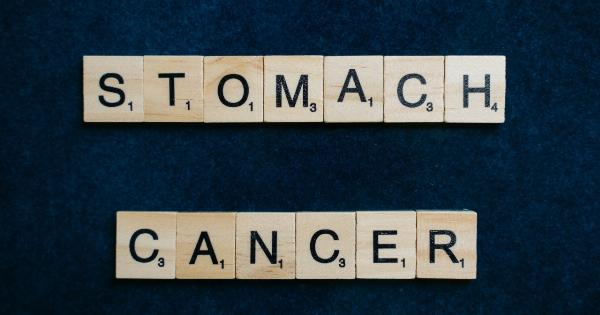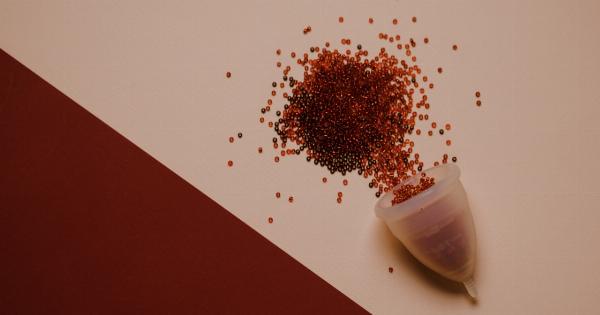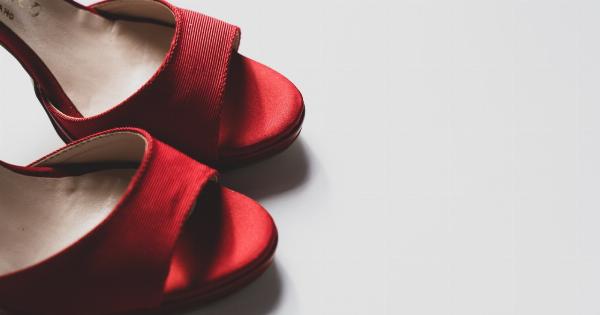Pregnancy and childbirth are transformative experiences in a woman’s life, bringing immense joy and fulfillment. However, they can also lead to various physical changes and challenges.
One common issue that many women face after giving birth is post-birth pelvic soil disorder. This condition can have significant effects on a woman’s overall well-being, including her physical comfort, emotional health, and quality of life.
What is Post-birth Pelvic Soil Disorder?
Post-birth pelvic soil disorder, also known as pelvic floor dysfunction, refers to a range of conditions that affect the muscles, ligaments, and connective tissues in the pelvic region.
These structures play a crucial role in supporting the pelvic organs, including the bladder, uterus, and rectum. During pregnancy and childbirth, these tissues can become weakened or damaged, leading to a variety of problems.
Common Symptoms
1. Urinary Incontinence: Many women experience urine leakage when laughing, coughing, sneezing, or exercising after giving birth. This condition is known as stress incontinence and is a common symptom of pelvic floor dysfunction.
2. Fecal Incontinence: Some women may also experience difficulty controlling bowel movements, resulting in fecal incontinence. This can be embarrassing and affect daily activities.
3. Pelvic Organ Prolapse: Weak pelvic floor muscles can cause the pelvic organs to descend or protrude into the vaginal canal, leading to a sensation of heaviness or pressure in the pelvis.
4. Pain during Intercourse: Women with post-birth pelvic soil disorder may experience pain or discomfort during sexual intercourse, making it challenging to maintain a healthy intimate relationship.
5. Chronic Pelvic Pain: Persistent pain in the pelvic region is another common symptom of pelvic floor dysfunction. This pain can be dull or sharp and may worsen with certain movements or activities.
Causes and Risk Factors
Post-birth pelvic soil disorder is primarily caused by the strain placed on the pelvic floor during pregnancy and childbirth. The following factors can increase the risk of developing this condition:.
1. Vaginal Delivery: Women who give birth vaginally are more prone to pelvic floor dysfunction compared to those who undergo a cesarean section.
The stretching and trauma to the pelvic tissues during a vaginal delivery can lead to muscle weakening and damage.
2. Episiotomy: An episiotomy, which is a surgical incision made in the perineum to facilitate childbirth, can contribute to pelvic floor issues.
3. Large Birth Weight: Delivering a large baby or multiple babies can put added stress on the pelvic floor and increase the risk of pelvic floor dysfunction.
4. Aging: As women age, the natural weakening of muscles and tissues can also contribute to the development of post-birth pelvic soil disorder.
Diagnosis and Treatment
If you suspect you may have post-birth pelvic soil disorder, it is essential to consult with a healthcare professional specializing in women’s health or pelvic floor rehabilitation.
They will typically perform a thorough evaluation and examination, which may include:.
1. Medical History: The healthcare provider will review your medical history and inquire about any symptoms you are experiencing.
2. Physical Examination: A physical examination will be conducted to assess the strength and function of the pelvic floor muscles.
3. Diagnostic Tests: In some cases, additional tests may be necessary to evaluate the condition of the pelvic organs and muscles, such as a pelvic ultrasound or MRI.
Treatment options for post-birth pelvic soil disorder may include:.
1. Pelvic Floor Exercises: Specific exercises, such as Kegels, can strengthen the pelvic floor muscles and improve symptoms. Physical therapists specializing in pelvic floor rehabilitation can guide you through these exercises.
2. Biofeedback Therapy: This technique uses sensors and visual or auditory cues to help you identify and control your pelvic floor muscles.
3. Medications: In some cases, medications may be prescribed to manage symptoms such as urinary incontinence or chronic pain.
4. Surgical Intervention: If conservative treatments do not provide relief, surgical options such as pelvic floor repair or vaginal mesh placement may be considered.
Lifestyle Modifications
In addition to medical treatments, certain lifestyle modifications can help manage post-birth pelvic soil disorder:.
1. Maintaining a Healthy Weight: Excess weight can put additional strain on the pelvic floor, so maintaining a healthy weight can reduce symptoms.
2. Good Bowel Habits: Avoiding constipation and straining during bowel movements can help prevent further damage to the pelvic floor.
3. Avoiding Heavy Lifting: Limiting heavy lifting can reduce the pressure on the pelvic floor muscles.
4. Hydration and Dietary Fiber: Drinking plenty of water and consuming a diet rich in fiber can help prevent constipation and maintain bowel regularity.
Emotional Impact and Support
Living with post-birth pelvic soil disorder can have a significant emotional impact on women. Many may feel embarrassed, isolated, or depressed due to the challenges associated with the condition.
It is crucial to seek support from healthcare professionals, support groups, or counseling services to address these emotional concerns.
Prevention
While post-birth pelvic soil disorder cannot always be fully prevented, there are measures that can be taken to reduce the risk:.
1. Pelvic Floor Exercises: Regularly performing pelvic floor exercises during pregnancy and after childbirth can help strengthen the muscles and decrease the chances of developing pelvic floor dysfunction.
2. Avoiding Excessive Weight Gain: Excess weight gain during pregnancy can strain the pelvic floor muscles further, so it is essential to follow a healthy and balanced diet.
3. Proper Pushing Techniques: During the pushing stage of childbirth, healthcare providers can guide women on using appropriate techniques to minimize trauma to the pelvic floor.
4. Postpartum Care: Engaging in postpartum care, such as pelvic floor rehabilitation, can help identify and address any pelvic floor issues early on.
Conclusion
Post-birth pelvic soil disorder is a common condition that many women face after pregnancy and childbirth. It can significantly impact a woman’s physical comfort, emotional well-being, and quality of life.
However, with proper diagnosis, treatment, and lifestyle modifications, women can effectively manage and reduce the symptoms associated with this condition. Seek support from healthcare professionals to navigate through this aspect of postpartum recovery and regain confidence in your body’s strength and resilience.




























